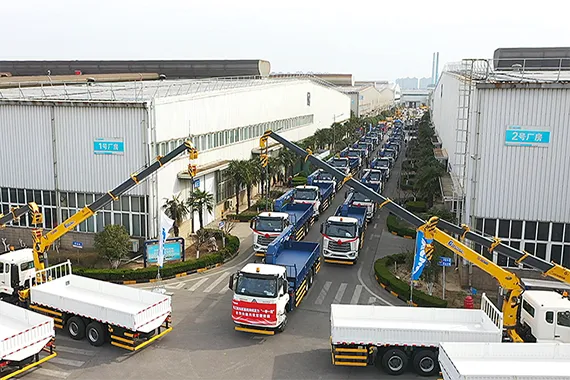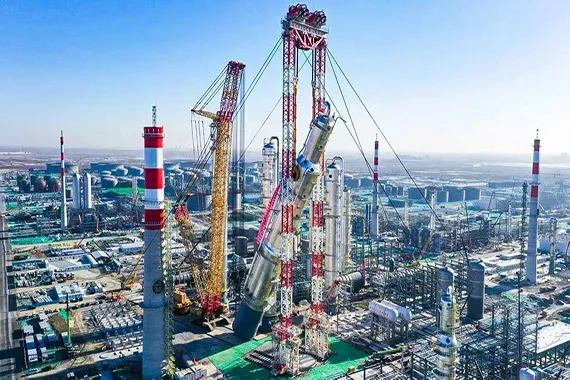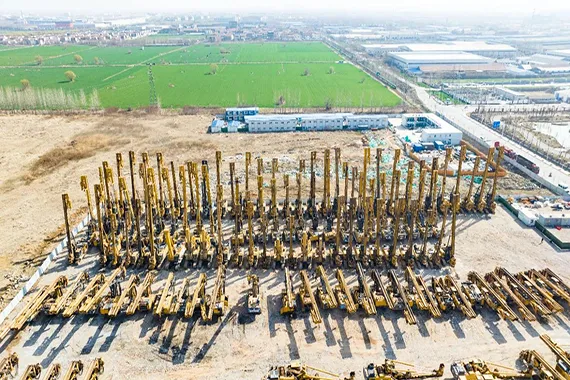House-building Slowdown Drags Construction back towards Stagnation
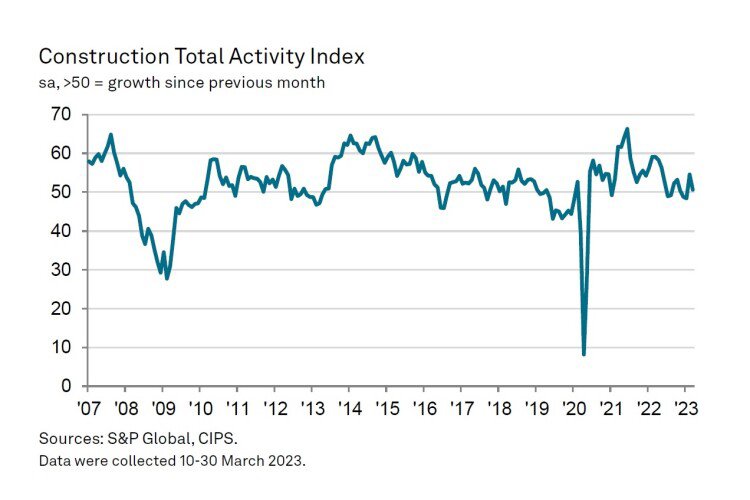
The UK construction industry saw marginal
growth in total output in March, with the seasonally adjusted S&P Global /
CIPS UK Construction Purchasing Managers’ Index (PMI) indicating a score of
50.7. Although this marks an increase, it was lower than the 54.6 registered in
February and indicates a slowdown in growth. Civil engineering (52.0) was the
fastest-growing area, thanks to demand for transport-related construction and
work on HS2 projects. Commercial building (51.1) also saw an increase, although
at a slower pace than the previous month. However, housing activity (44.2)
declined sharply for the fourth consecutive month. Respondents to the survey
cited higher borrowing costs and reduced tender opportunities as reasons for
this trend.
Construction companies continued to receive
new work in March, with the second-fastest rate of increase since July 2022. As
a result, the industry has accelerated its hiring pace, with a rate of job
creation not seen since October 2021. Despite this growth, some firms struggled
to find candidates, leading to wage pressures and hiring constraints.
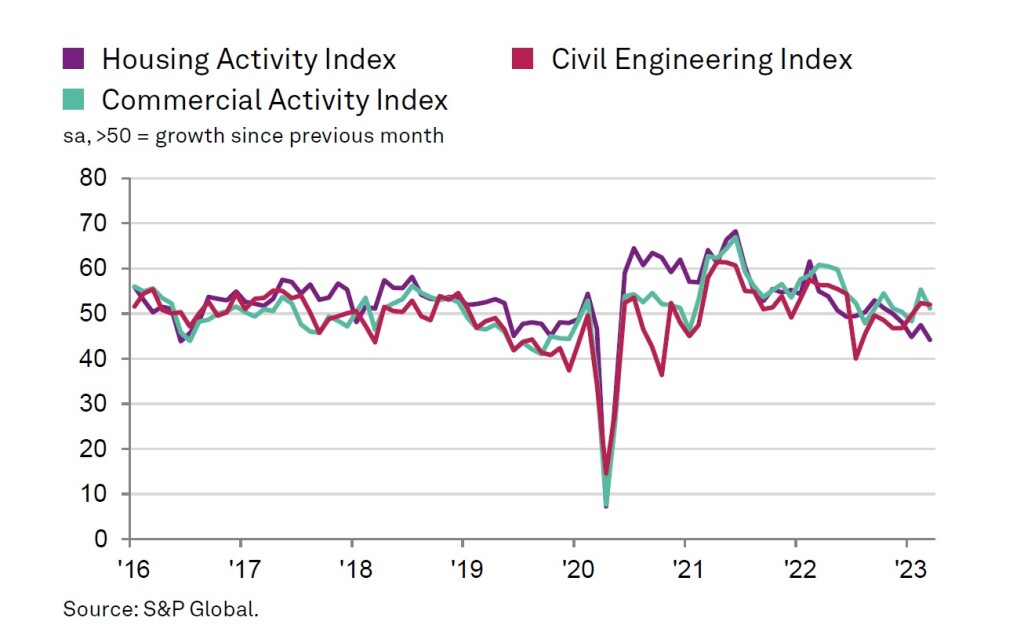
Input prices rose significantly in March,
with suppliers attributing this to rising energy costs and wages. However, the
rate of inflation was the second-slowest since November 2020. Looking ahead,
46% of the survey panel predicted an increase in business activity in the next
year, while only 11% expected a reduction. This positive sentiment marks the
highest degree since February 2022.
According to Tim Moore, economics director
at S&P Global Market Intelligence, the decline in house building was the
main concern in March. However, growth projections remain upbeat for the
construction industry as a whole, thanks to improved availability of
construction inputs and the expectation of purchasing price inflation
moderating in the coming months. John Glen, chief economist at the Chartered
Institute of Procurement & Supply, noted that the sector was heading in the
right direction, with some uplifting surprises. However, concerns over
inflationary pressures and affordability rates remain obstacles to wider
expansion.
